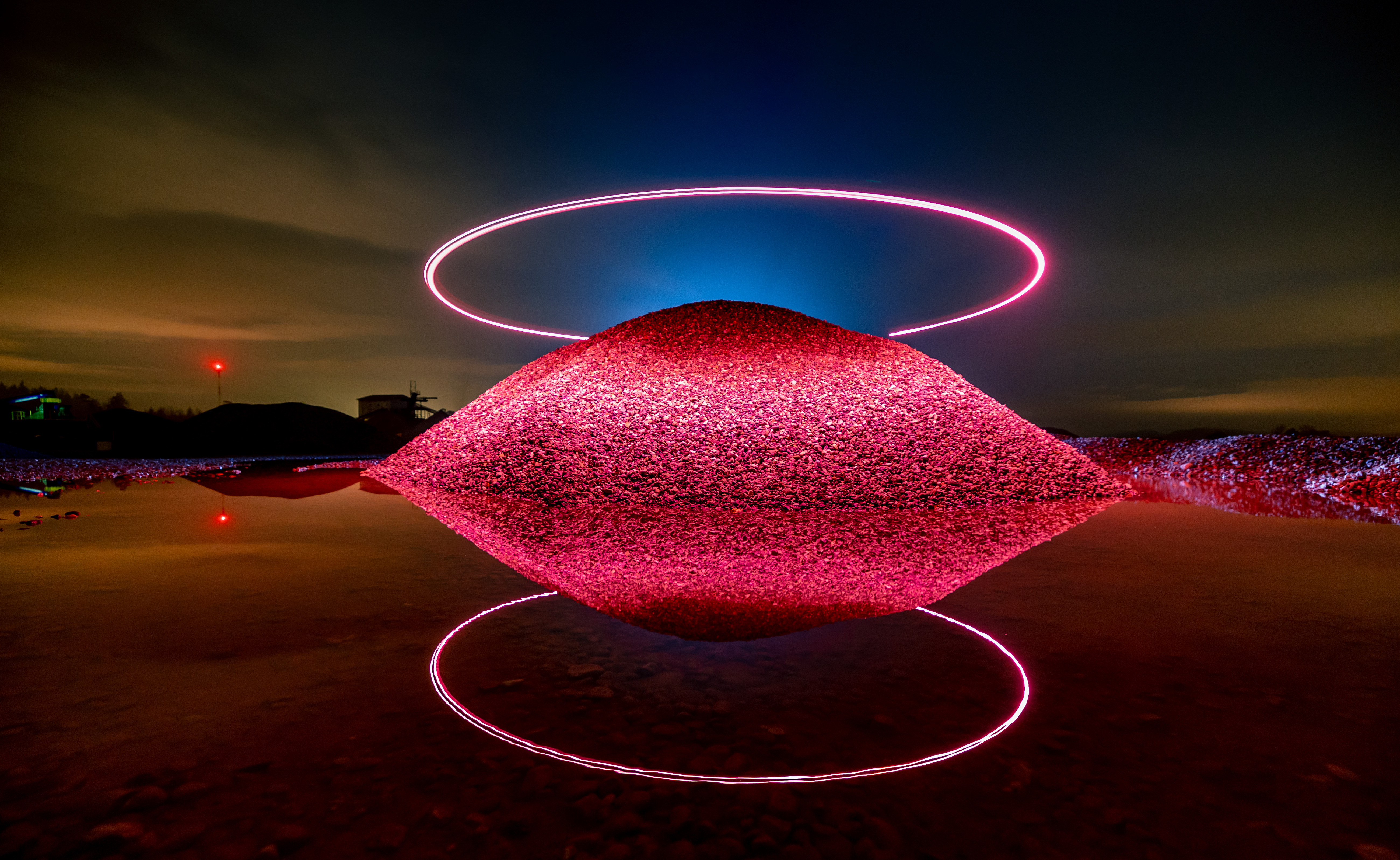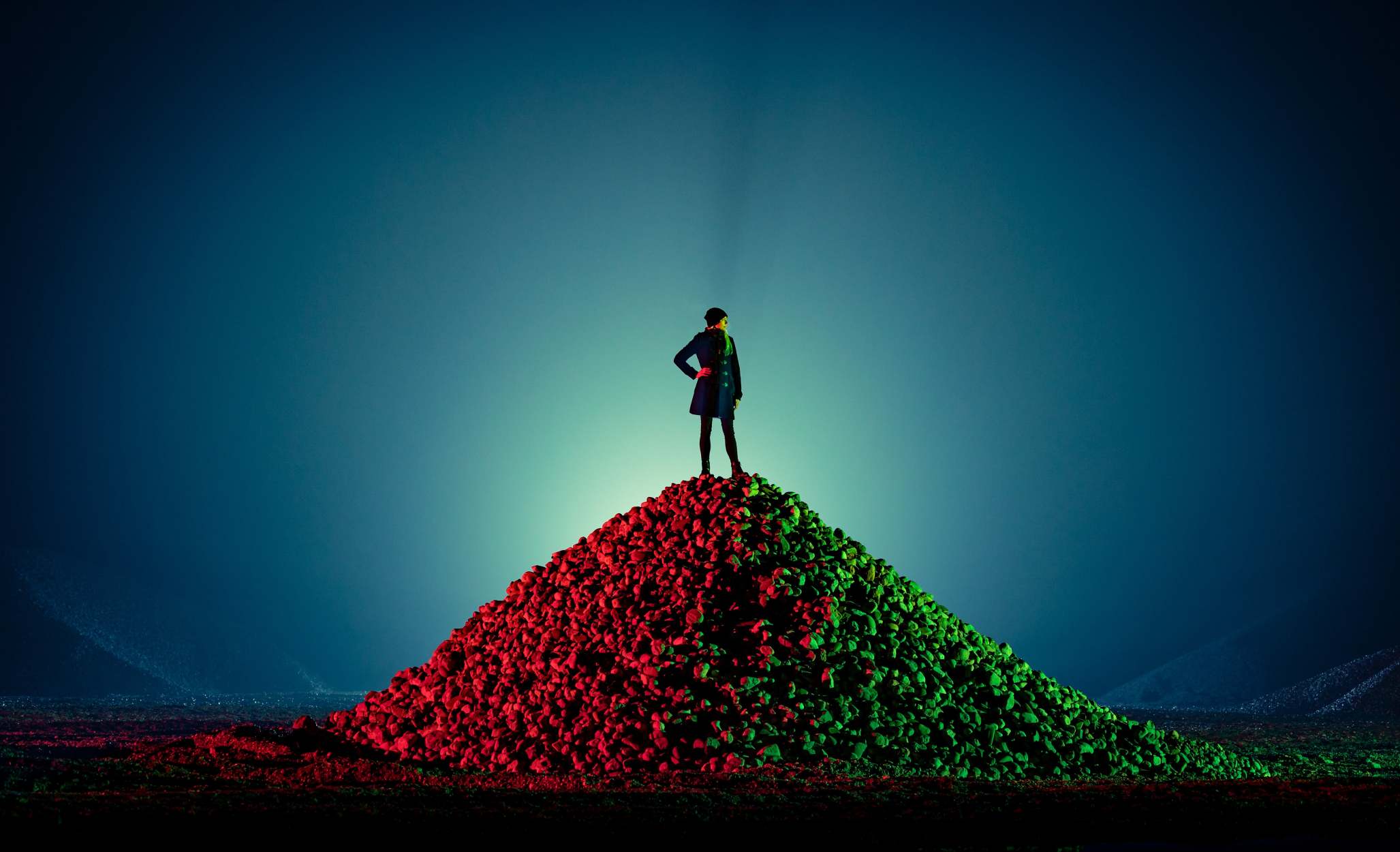Education
How to Shoot Like a Pro in Low Light: Tips From Award-Winning Photographer Lorenz Holder
By Ellen Clipson - 3 min read
To celebrate Canon’s Redline Challenge, designed to encourage photographers to explore creativity and new techniques whilst shooting in the dark, we caught up with Lorenz Holder to learn his expert advice.
Shooting in low light can even be a challenge for experienced photographers. Conditions can be quick to change and the smallest of adjustments in your lighting set up can dramatically transform the look and feel of an image. To ensure that you get the perfect shot every time, we spoke to action and adventurer photographer and Canon ambassador Lorenz Holder to find out his go-to techniques.
There’s less than a week left of Canon’s Redline Challenge submit your photos now to win Canon kit prizes worth over €14K!
5 Tips For Epic Photography in The Dark
1. The Right Location Will Find You
For Lorenz, planning ahead is the key to making the most of every low light photo opportunity. One component that can make or break your shoot is the location. “You cannot really look for cool locations, they find you” Lorenz told us. So, what does that mean for the everyday photographer in search of the winning image? Prepare ahead of time by keeping a log of the locations that you’ve discovered or shot at before. That way, when you get a great brief on your desk, just like the Canon Redline Challenge, you know exactly which location will fit the brief perfectly.
When it comes to creating balance between contrasting dark and light it’s important to know where you want to position your flashes or where you can make use of natural light sources. This requires planning ahead of time.

Once you’ve selected your location, whether it be a building, a particular street, or a natural landscape like a forest, be sure to refer back to the experience you’ve had shooting there before or commit to doing some location recces at different times of the day. That allows you to choose the right time to shoot so that you can achieve the look you want to capture.
By carefully selecting your location and making use of notes that you’ve written from previous shoots, you’ll feel more confident when it comes to the day of shooting which in turn will help you create a winning image.

2. Don’t Choose Picture Perfect Conditions
Although you can plan your locations and lighting setup ahead of time, the weather conditions will always be unpredictable. Do not fear. Even the pros don’t rely on the ideal weather conditions when it comes to shooting in low light. “I probably wouldn’t shoot in the ‘perfect’ conditions” says Lorenz. “I’d wait for rain and or snow to add some drama and use lights to create an atmospheric picture.” In other words, don’t waste time waiting for the optimal weather conditions before you take your photos, instead think about the different conditions you might face whilst shooting and consider how they might have different impacts on your final image.
When it comes to using different weather elements as a compelling component in your low light imagery, Lorenz suggests using fog to create silhouettes. “Fog is perfect for shooting silhouettes. You just need a light source positioned towards the camera to light up the small particles in the air. The flash has to be a little bit–you don’t want all the light on your lens, so you need something in between.”

Thinking ahead before the bad weather hits allows you to better adapt your approach and achieve the look that you want in the moment. it’s not always possible to control everything precisely, says Lorenz. “You have to fit the brief within your natural shooting style.” This flexibility will make the difference between a full or an empty memory card at the end of a day or night of shooting.

3. Incorporate Color
In all types of photography, whether it be light or dark, color is a component that must be considered. Skillful incorporation of color can elevate an image and when capturing low light situations or portraits, color can draw attention to certain elements or bring an additional layer of depth within the image.

Lorenz uses fashion styling to incorporate color into his photography. “I always ask my athletes to bring a red sweater or jacket because it really glows in an image,” says Lorenz. “Yellow can be too bright, and blue soaks up too much light, but red looks great. It also contrasts well with blue, which you can get a lot of in night and snow photography.”
There’s nothing worse than realizing on the day of the shoot that you can’t get the magic shot because you didn’t bring something. As well as filling up your kit bag with all of your cameras, lenses, and flashlights, be sure to also pack various colorful props and clothing that will compliment the scene you’re planning to shoot.
4. Create Your Own Focus
Color can be the perfect tool for creating a visual narrative. When shooting in low light, contrasting light and dark elements will guide the viewer through your image the way you intended. However, Lorenz also suggests using a motif within your images. Throughout his portfolio, Lorenz makes sure that the subject is dominant to create a wider scene. “There has to be a reason to make your subject small in the frame. The more minimalistic the picture, the further you can go” he explains. “You may want to emphasize the size of the surroundings or add a dramatic effect to the picture, but if there are too many distractions then you are far from that.”

It is not only important to build upon your visual style, but also learn to play to the strengths of the scenes that you are shooting. When capturing a dimly lit landscape ask yourself whether “you should add a model to the scene.” Throughout his career specializing in action and sport photography, Lorenz has learned during his career that “when you have a person, the focus is always on them,”. You might want to choose to leave your subject out to ensure that you put all emphasis on the location or surroundings.

5. Stick to Your Style
This tip is essential no matter what your photographic genre of choice–always photograph what you love. “Over the years I’ve pretty much done it all when it comes to winter sports photography, I’ve even shot snowboarding underwater” shares Lorenz. Light and dark photography, inspired by Canon’s Redline Challenge, crosses all styles, genres, and locations. In his eyes, “all street, landscape, portrait, and sports photographers can take pictures in the dark and use the light, which is why it is not limited to a specific genre. It’s like a sheet of white paper”. No matter what you decide to focus on, if you shoot what you stick to what you know and love, your passion will shine through in the final image.

About The Redline Challenge
Canon’s Redline Challenge is all about exploring creativity and technical know-how while working in the dark. It doesn’t matter what kit you’re using, what style of photography you specialize in, or what new technique you want to try for the first time, it’s all about trying to take your photography to the next level. Find out more about Canon’s Redline Challenge and submit your photos now to win kit prizes worth €14K!
